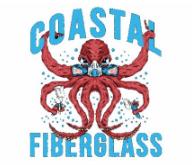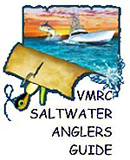
If you want to catch red drum, also known as redfish or channel bass, in the Chesapeake Bay, you need to use fresh bait. Red drum are one of the most sought-after sportfish in the bay, especially the large ones that can weigh over 50 pounds. Red drum feed mainly on blue crabs, which are abundant in the bay from spring to fall. Using fresh crab as bait will increase your chances of hooking a red drum, as they have a keen sense of smell and taste.
Other types of fresh bait that work well for red drum are spot, croaker, mullet, menhaden, and shrimp. These are all natural prey items for red drum, and they will attract them with their scent and movement. You can use live or cut bait, depending on the fishing conditions and your preference. Live bait is more effective when fishing in shallow water or near structure, where red drum can ambush their prey. Cut bait is more effective when fishing in deeper water or open areas, where red drum can detect the scent from a distance.
Fresh bait is always better than frozen or artificial bait for red drum, because it mimics their natural food source more closely. Frozen bait loses some of its scent and texture over time, and artificial bait may not look or feel realistic enough to fool a wary red drum. Fresh bait also stays on the hook longer and does not fall apart easily. To keep your bait fresh, you should store it in a cooler with ice or use an aerated bait bucket. You should also change your bait frequently and discard any that looks spoiled or damaged.
Using fresh bait for red drum in Chesapeake Bay will give you an edge over other anglers who use inferior bait. Red drum are powerful and exciting fish to catch, and they will reward you with a memorable fight and a delicious meal. Fresh bait is the key to success when fishing for red drum, so make sure you have plenty of it before you hit the water.










 Views Last 7 days : 1689
Views Last 7 days : 1689 Views Last 30 days : 7023
Views Last 30 days : 7023